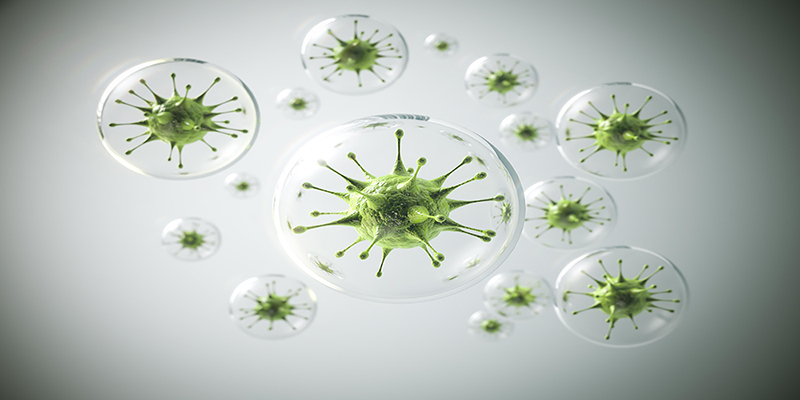The War of the Germs: Kitchen Scrub vs. Toilet
Contrary to common assumption, some of our houses’ germiest spots are not in our bathrooms, but in our kitchens. Several studies have shown that kitchen scrubs can contain more bacteria than toilet seats.
This post will delve into this awful truth and what it implications for our domestic cleanliness practices.
The Germs Living in Your Kitchen Scrub
Your kitchen scrub might seem like a harmless tool, but it’s essentially a perfect breeding ground for germs. Scrub pads, with their high water content, porous structure, and frequent interaction with food waste, provide an ideal environment for a range of microorganisms to thrive.
According to a 2017 study published in the journal “Scientific Reports” researchers found 362 different species of bacteria living in used kitchen scrubs. The warm, moist environment is the perfect breeding ground for bacteria, such as E. coli and Salmonella, that can cause serious illnesses. This germ party is being hosted right under your nose, on the very instrument you use to keep your dishes clean.
Comparing the scrub with the Toilet Seat
But how does a kitchen scrub compare to a toilet seat in terms of bacterial population? A household toilet seat, which comes into direct contact with human waste, is often considered one of the most contaminated items in a home. However, microbiological studies suggest that the bacterial colonies residing on a typical toilet seat are vastly outnumbered by those on a kitchen scrub.
Dr. Charles Gerba, a professor of microbiology at the University of Arizona, states that there are about 200 times more fecal bacteria on a kitchen scrub than on a toilet seat. A big part of this has to do with the nature of the bacteria in each location. The bacteria found on toilet seats are mostly skin-born bacteria. In contrast, the bacteria found in kitchen scrubs often come from food residues, which can harbor a range of harmful pathogen.
The Health Implications
The high bacterial load in Kitchen scrub can have significant health implications. Pathogens like E.coli and Salmonella, if ingested, can cause food borne illnesses that manifest in symptoms like diarrhea, stomach cramps, and fever. For immunocompromised individuals, the elderly, or young children, these illnesses can be severe and potentially life-threatening.
Introducing the “Coconaar” Coconut Coir Scrubber
In light of the concerning microbial presence in conventional kitchen scrubs, exploring alternative and natural solutions becomes imperative for maintaining a hygienic living space. One promising option is the use of coconut coir scrubbers, harnessing the natural antibacterial properties of coconut fibers.
Introducing “Coconaar” the Coconut Coir Scrubber, Coconut coir, derived from the husk of coconuts, has gained recognition for its inherent antibacterial and antifungal properties. By transitioning to coconut coir scrubbers, households can potentially mitigate the risks associated with conventional kitchen scrubs.
In the quest for a cleaner and safer kitchen environment, transitioning to natural antibacterial coconut coir scrubbers presents a promising solution. By embracing these alternatives, households can not only enhance their hygiene practices but also contribute to sustainability efforts. As we strive for healthier living spaces, the incorporation of natural materials like coconut coir into our daily routines is a step towards a cleaner and more environmentally conscious future.

